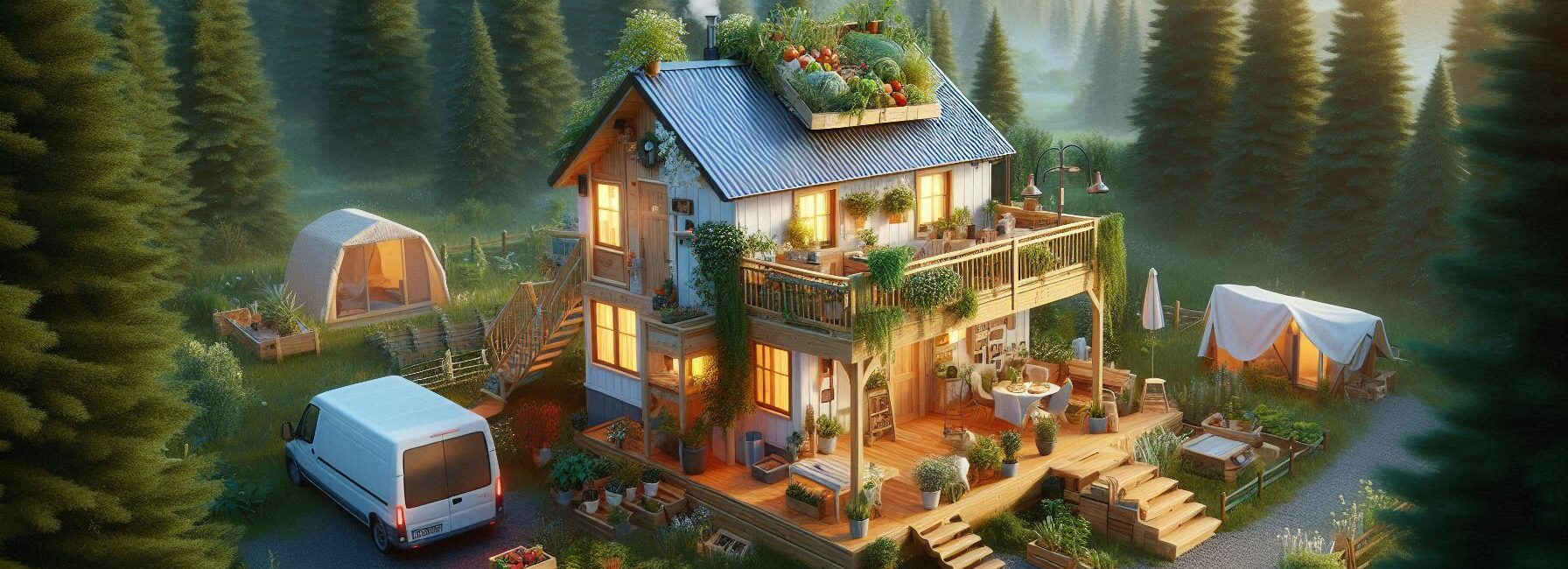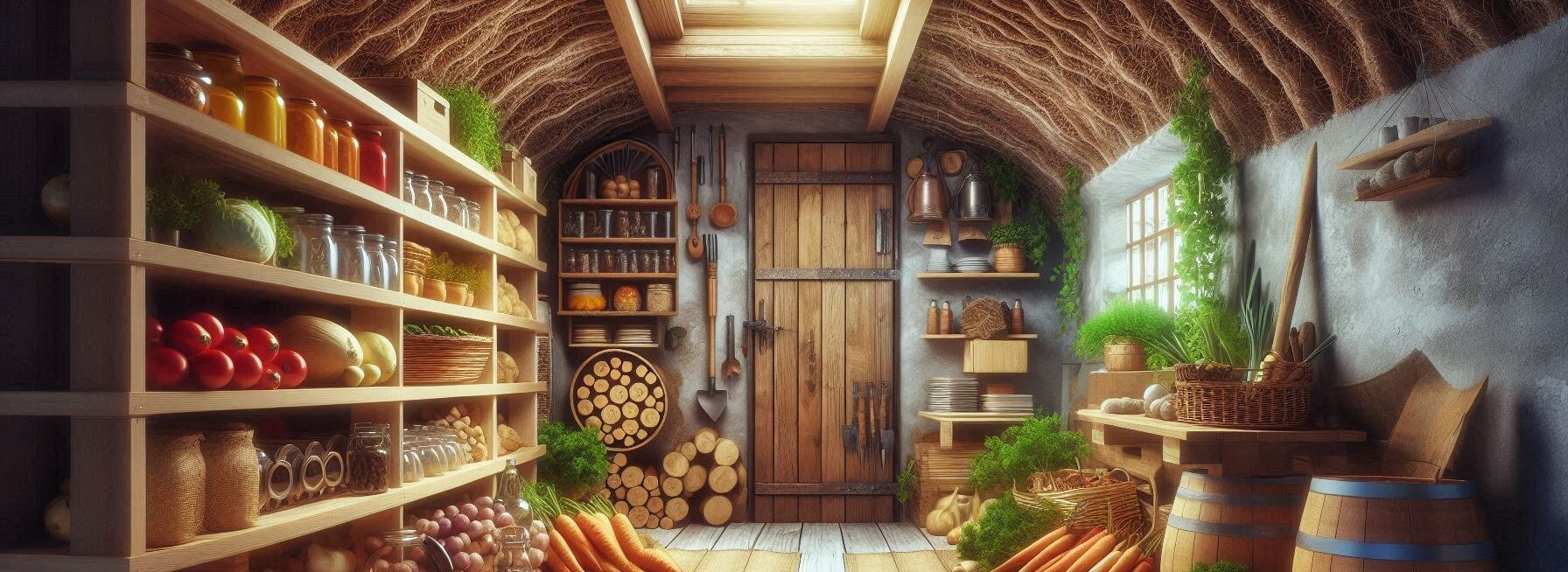Please Note: This post may contain affiliate links. If you click one of them, we may receive a commission at no extra cost to you. As an Amazon Associate, I earn from qualifying purchases.
Last Updated on November 2, 2025 by Kevin Collier
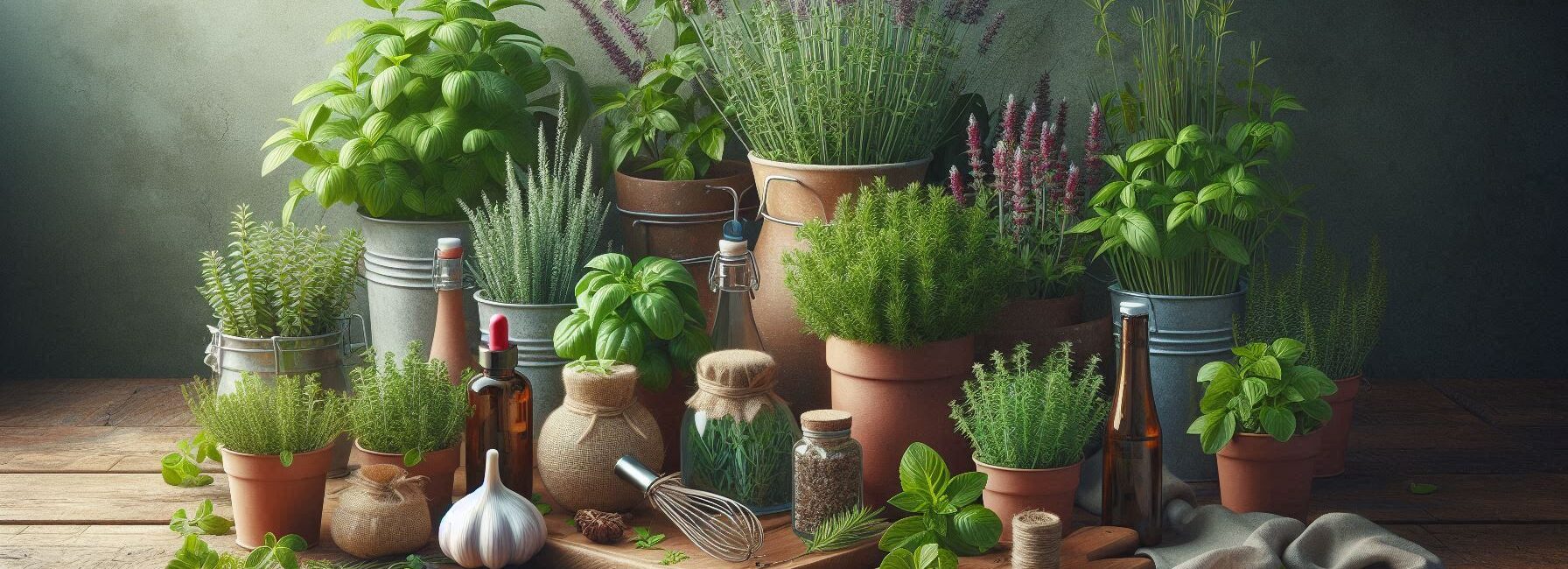
Top Takeaways and Key Concepts
- Start small with easy herbs like basil, parsley, or mint in pots.
- Choose herbs based on your favorite dishes and local climate conditions.
- Plant in well-drained soil, raised beds, or containers to prevent root issues.
- Water when soil is dry, fertilize organically, and prune for bushier growth.
- Harvest sprigs gently in the morning and store fresh, dried, or frozen.
Have you ever been in the kitchen, thinking you were going to make something great, only to realize that your spice rack contains all salt and pepper? Ugh, that's so annoying! Been there. It's like coming to a party with just a smile.
But here's the good news. It's a lot easy to grow your own herbs than you would imagine. For real. It's easier than explaining why your cat chases its tail like a puppy that doesn't know what to do. Herbs are like tiny superheroes for flavor. They can make simple meals seem like magic!
Picture having fresh basil on your pasta. Or cutting some mint to make your tea taste better. Not only is it fun to see something you've grown, but it's also really fulfilling. Every time you cook, it's like winning a little bit. You also don't need a big garden or sophisticated gear. A tiny pot on your kitchen surface will work. And believe me, they grow like weeds!
Start with simple herbs like parsley and basil. You don't have to worry about forgetting to water them sometimes; they are forgiving. They'll do well with only a little light and love. Get some cute pots and maybe add some decorations to them. Who doesn't like to have fun in the kitchen?
Having a small herb garden may make cooking a lot more fun. Just think of how nice it would be to have fresh flavors, good meals, and a little touch of nature in your home. It's a win-win. Are you ready to add some excitement? Get your seeds and let's start growing! You can do this!
Choosing the Right Herbs for You
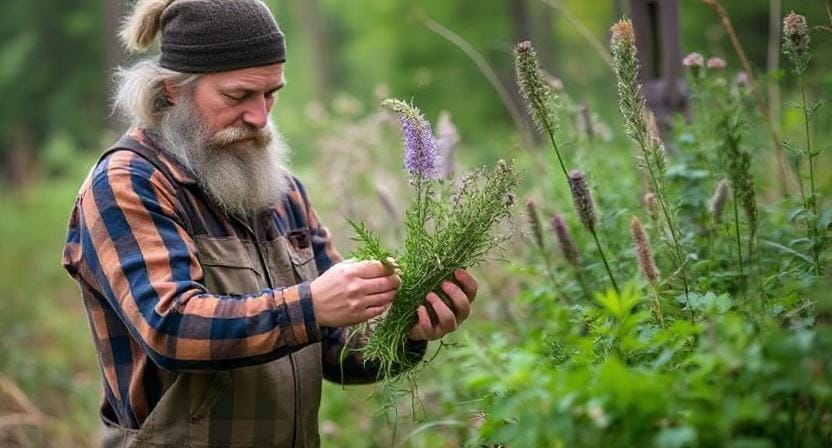
First things first: what herbs should you grow? This decision can be as complicated as choosing between pizza toppings (pineapple on pizza—yes or no?).
To keep it simple, think about the dishes you enjoy cooking. Do you often find yourself making pasta? Then basil might become your new best friend. Are tacos your go-to dinner? Cilantro could be calling your name.
*** Shop for Survival Gear - Tools - Kits ***
Survival Gear - Bags and Backpacks - Knives - Boots/Footwear - Communication
Outdoor Cooking - Gloves - Hydration - Dry Boxes - Water Filtration Systems
Tents - Sleeping Bags - First Aid Kits - Multi-Tools - Flashlights - Fire Starters
Navigation - Survival Food - Night Vision - Headlamps - Stun Guns - Binoculars
I remember my first herb garden attempt. I was so excited that I planted everything from rosemary to thyme without really thinking about how much space they’d need. Spoiler alert: they didn’t get along well! So, let’s see—pick a few favorites and start with those before turning your yard into an herb jungle.
Also, consider your climate. Some herbs thrive in sunny spots while others prefer partial shade. It’s like picking out swimwear; what works for one person may not work for another! Research what grows best in your area, or ask a neighbor who seems to have a green thumb (or at least knows which plants are weeds).
Where to Plant Your Herbs
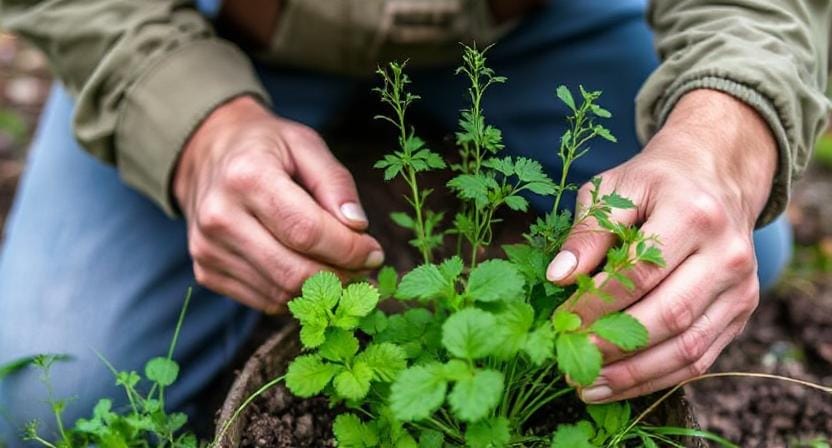
Once you've chosen your herbs, it’s time to decide where they'll live. You can plant them directly in the ground if you're feeling adventurous—or go for pots if you're more of a “let's keep things portable” type.
By the way, container gardening is great if you have limited space or want to avoid accidentally stepping on delicate seedlings during an intense game of frisbee with the kids.
If planting in the ground, make sure it has good drainage because soggy roots are sad roots—much like me when my favorite show gets canceled unexpectedly. Raised beds are also fantastic options since they allow for better soil control and fewer pest problems (because we all know bugs aren’t invited to our culinary parties).
And speaking of pests, don’t forget about companion planting! Some plants naturally repel pests while helping their neighbors thrive. It’s like having an herbal bodyguard watching over your precious greens.
Caring for Your Herb Garden
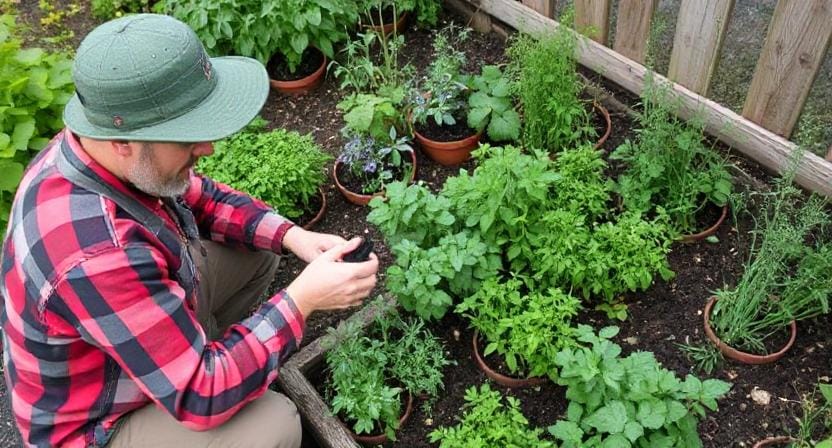
Now that you've got everything planted, let's talk care. Watering is key but remember: too much water can drown them faster than my attempts at karaoke night! A general rule is to check the soil moisture first; if it feels dry two inches down, it's time for a drink.
Fertilizing is also essential—but hold on there! Too much fertilizer can lead to lush growth but lackluster flavor (like eating cardboard). Use organic fertilizers or compost instead; this will enrich the soil without overwhelming our little green friends.
Interestingly enough, pruning is another critical aspect of herb care that many beginners overlook. Regularly trimming back leaves encourages bushier growth and prevents flowering too early—which tends to make herbs taste bitter (and nobody wants bitter when making pesto!).
Harvesting Your Herbs Like A Pro
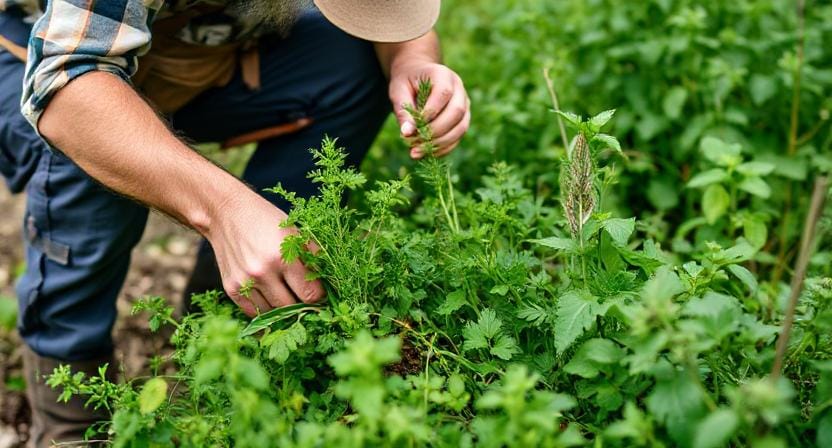
Ahh, harvesting—the moment we've all been waiting for! When it comes time to snip away those fragrant leaves and add them straight into our meals, excitement levels rise dramatically. But here’s where we need some finesse: avoid cutting off entire stems unless you're ready to say goodbye forever.
Instead, take just a few sprigs at a time—think of it as giving them a haircut rather than sending them off on vacation without telling them why! Most herbs will bounce back quickly after harvesting if done correctly.
Timing matters too; early morning right after dew has dried is ideal because that's when flavors are most concentrated (not unlike my coffee consumption habits!). On the other hand, try not to harvest when rain has recently soaked everything; wet leaves aren't pleasant companions in any dish!
Storing Your Freshly Harvested Herbs
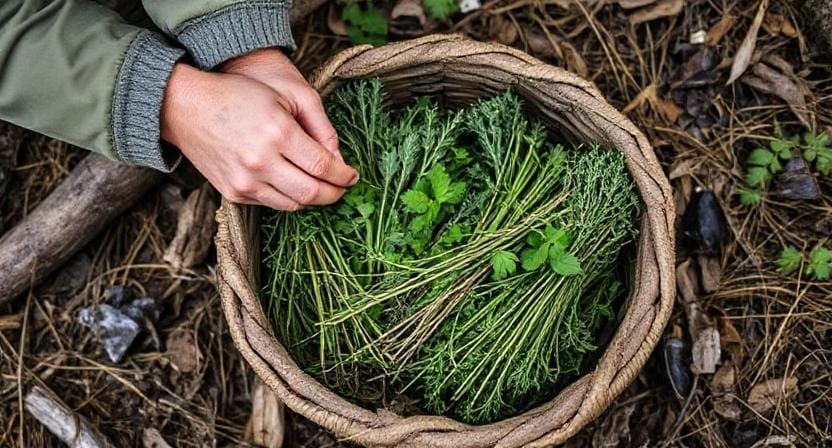
So now you've harvested these beautiful greens—what do you do with them? First off, wash gently under cool water and pat dry using paper towels or clean cloths (no one likes soggy herbs). If you're planning on using them soon, simply store them in an airtight container in the fridge—and voila!
For longer storage options, consider drying or freezing those flavorful beauties instead. Drying can be done by hanging bunches upside down in a cool place away from sunlight until crisp—a method that makes me feel like I'm running my very own apothecary!
Freezing works wonders too: chop up fresh herbs and mix with olive oil before pouring into ice cube trays for easy use later on—it’s like creating tiny flavor bombs ready whenever inspiration strikes!
Conclusion: Enjoying Your Herbal Journey
Growing your own herbs is so rewarding and, honestly, super fun! Just think about it. You can sprinkle fresh basil on your homemade pizza or dip into some delicious cilantro salsa at your summer barbecue. You’ll love every bite even more because you grew those herbs yourself. How cool is that?
It’s kind of like having a little secret between you and your food. Each time you snip them, you’ll smile, thinking, “I did this!” Just imagine picking fresh herbs right from your windowsill or garden. It's like magic happening right outside your door.
No space? No problem! You can even grow herbs on your kitchen counter. Just grab a pot, some seeds, and a bit of sunlight. Rosemary, basil, parsley—these are all great starter herbs. They’re pretty easy to care for. Just water them when they’re thirsty and give them some love.
Don't worry if you make mistakes either. Every great chef has been there. Maybe you once confused rosemary with sage or put too much mint in your tea. That’s part of the journey!
So, why not grab those seeds today? Get your hands dirty and let nature do its thing. You’ll be amazed at how much joy growing your own herbs can bring. And who knows? You might just discover your inner chef along the way! Ready, set, grow!
Frequently Asked Questions
Which herbs are easiest for beginners to grow?
Basil, parsley, and mint are commonly recommended because they grow quickly, tolerate minor mistakes, and adapt well to containers.
Do herbs grow better in containers or in the ground?
Both work well, but containers and raised beds offer better drainage control, which helps prevent root rot and soil saturation issues.
How often should I water my herbs?
Check soil moisture first; water when the top layer feels dry, avoiding overwatering which can weaken roots and reduce flavor.
What is the best fertilizer to use for herbs?
Organic fertilizers or compost are preferred because they support healthy growth without creating overly lush but flavorless leaves.
When is the ideal time to harvest herbs?
Harvest sprigs in the morning after dew dries because flavor compounds are strongest and leaves remain crisp and aromatic.
How do I store harvested herbs?
You can refrigerate fresh sprigs, air-dry bunches for shelf storage, or freeze chopped herbs in oil for longer-term use.
Can I grow herbs indoors year-round?
Yes, many herbs grow well indoors if they receive bright light, proper watering, and good air circulation.
Suggested External Resources:
Herb Gardening 101
https://www.gardeningknowhow.com/edible/herbs/
How To Grow Culinary Herbs
https://www.thespruceeats.com/growing-culinary-herbs-2216718
The Complete Guide to Growing Herbs Indoors
https://www.container-gardening-for-you.com/growing-herbs-indoors.html

Kevin Collier is a seasoned survivalist and expert in prepping and homesteading, contributing to WiseSurvive.com. With a deep-rooted passion for self-sufficiency and outdoor survival skills, Kevin shares practical advice, strategies, and resources to help individuals prepare for any challenge. His informative articles cover a range of topics, from essential survival techniques to sustainable living practices, empowering readers to thrive in any situation. Whether you're a novice or a seasoned prepper, Kevin's insights will inspire you to take charge of your readiness and build resilience for the future.

